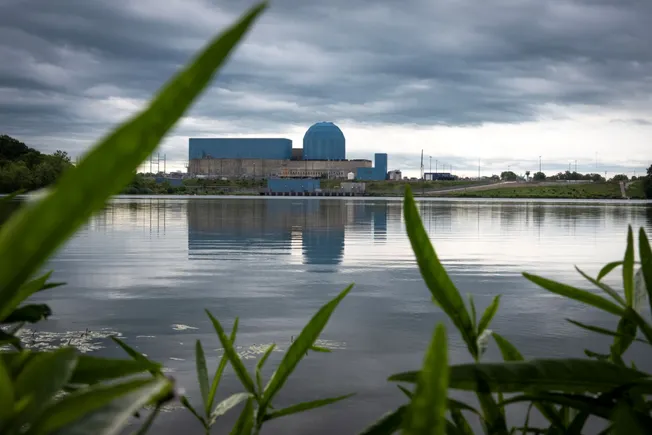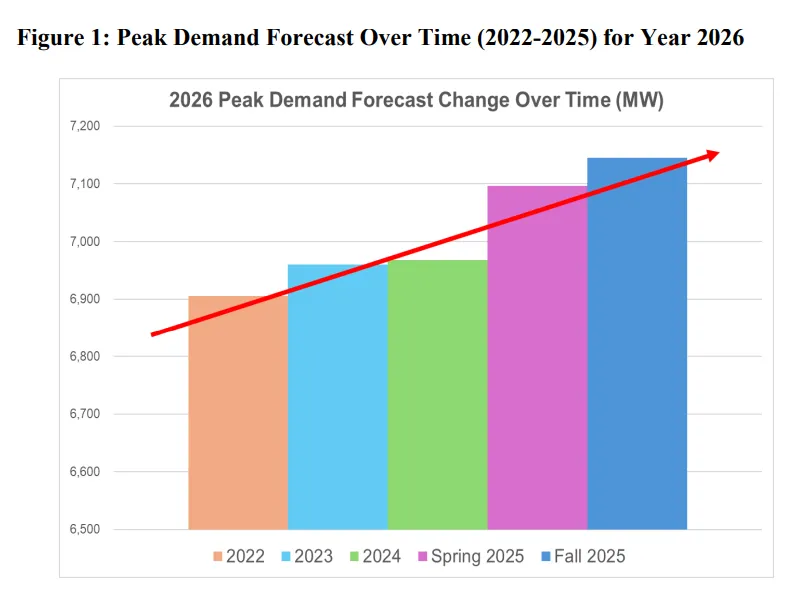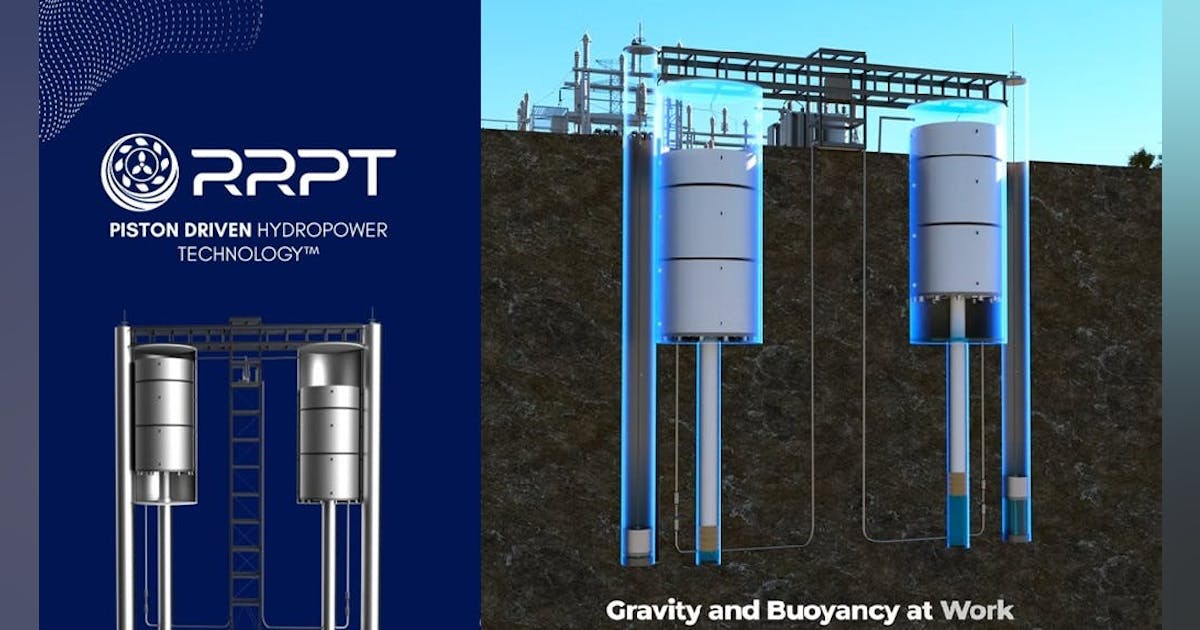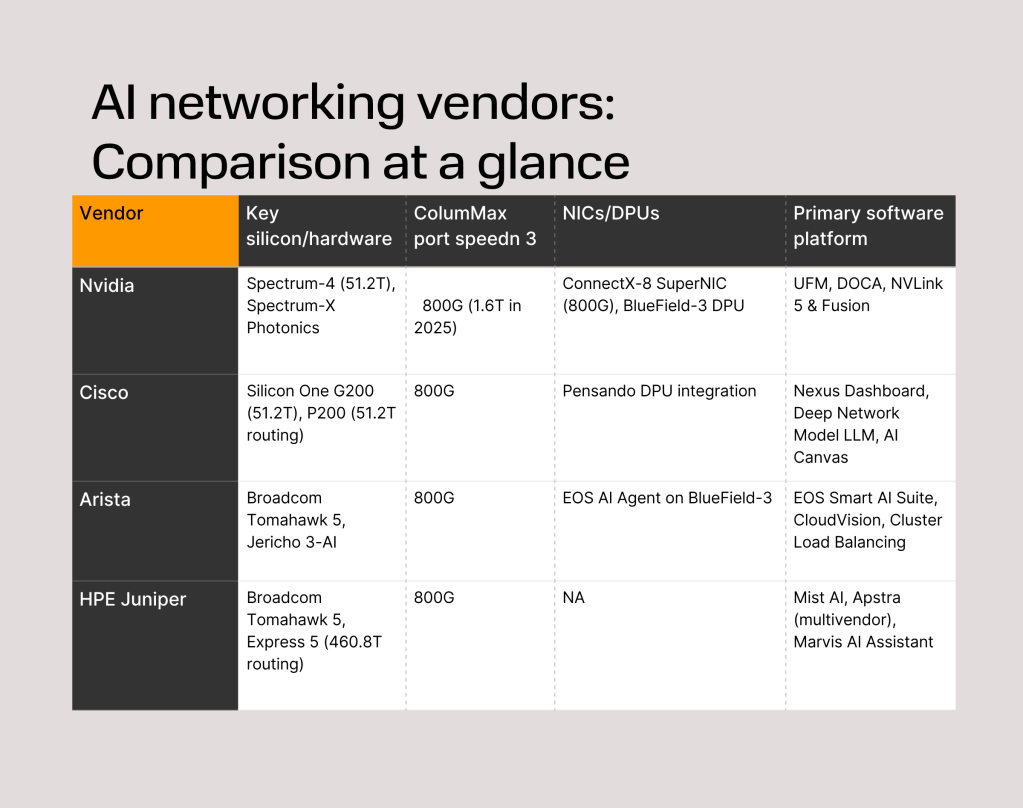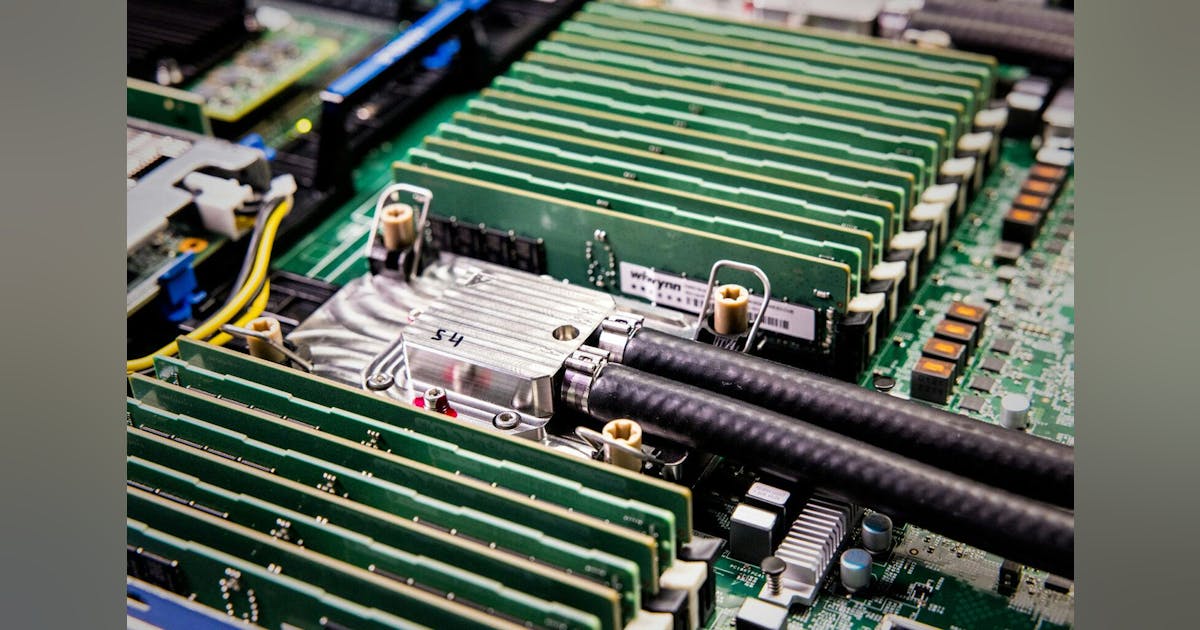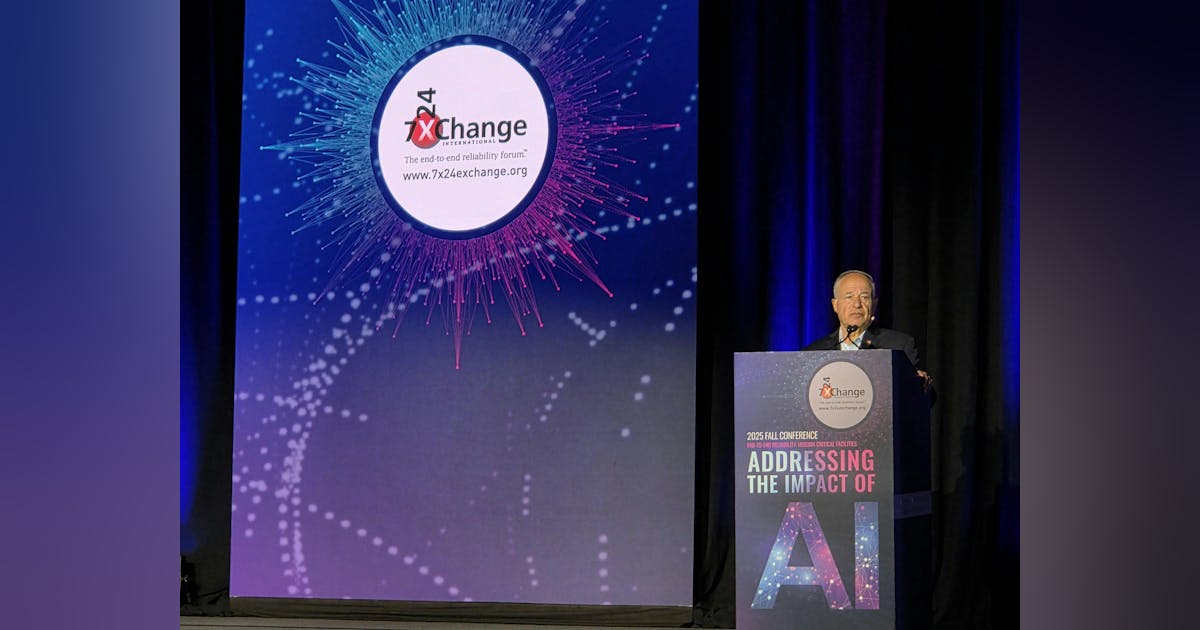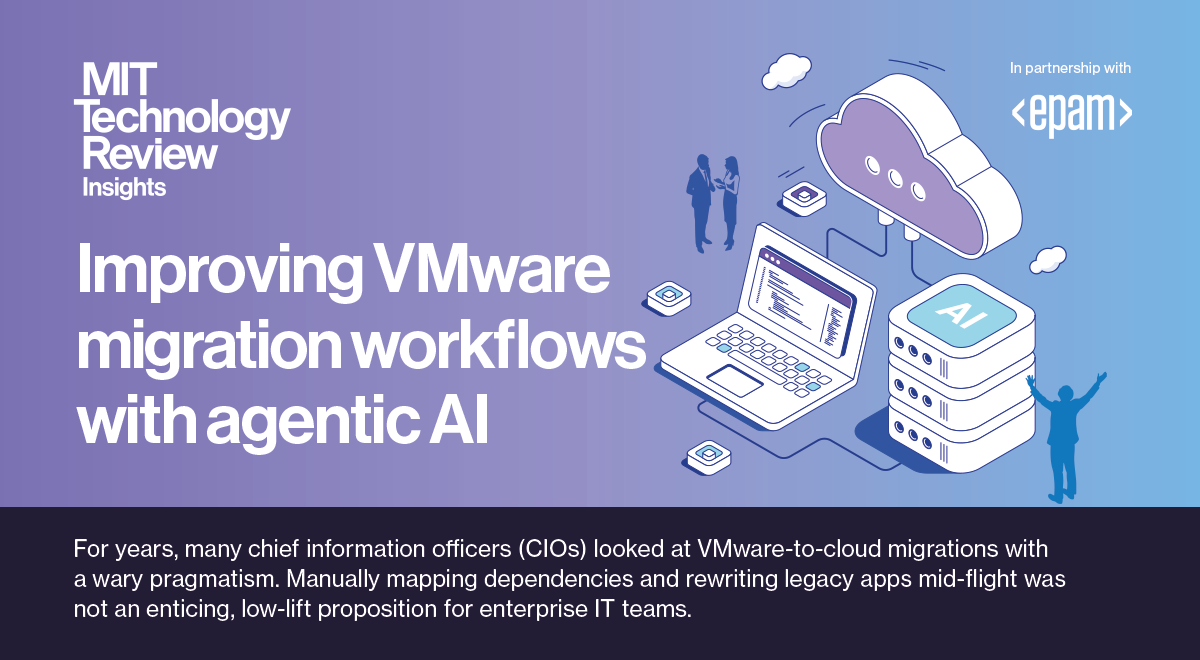
The pattern points to an evolving GPU ecosystem: while top-tier chips like Nvidia’s new GB200 Blackwell processors remain in extremely short supply, older models such as the A100 and H100 are becoming cheaper and more available. Yet, customer behavior may not match practical needs. “Many are buying the newest GPUs because of FOMO—the fear of missing out,” he added. “ChatGPT itself was built on older architecture, and no one complained about its performance.”
Gil emphasized that managing cloud GPU resources now requires agility, both operationally and geographically. Spot capacity fluctuates hourly or even by the minute, and availability varies across data center regions. Enterprises willing to move workloads dynamically between regions—often with the help of AI-driven automation—can achieve cost reductions of up to 80%.
“If you can move your workloads where the GPUs are cheap and available, you pay five times less than a company that can’t move,” he said. “Human operators can’t respond that fast automation is essential.”
Conveniently, Cast sells an AI automation solution. But it is not the only one and the argument is valid. If spot pricing can be found cheaper at another location, you want to take it to keep the cloud bill down/
Gil concluded by urging engineers and CTOs to embrace flexibility and automation rather than lock themselves into fixed regions or infrastructure providers. “If you want to win this game, you have to let your systems self-adjust and find capacity where it exists. That’s how you make AI infrastructure sustainable.”





